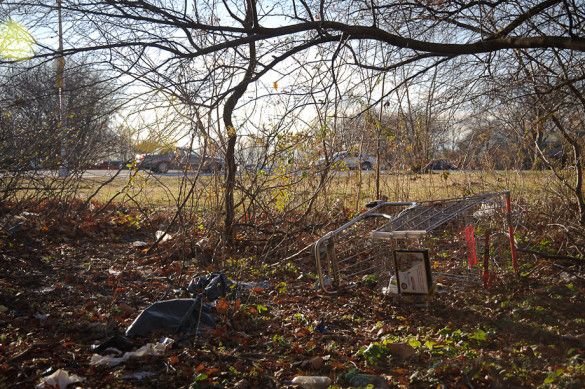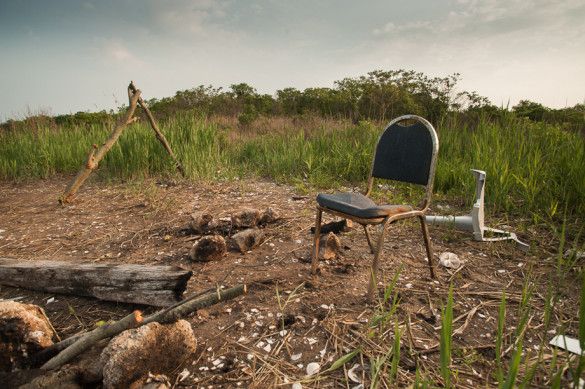When The Edge Of The City Meets The Wild Of Nature

English photographer Adrian Kinloch submitted a gorgeous photo essay detailing the strange fringe between the end of the city and the edge of nature, which is, apparently, a place called Southern Brooklyn. Kinloch’s dazzling photo essay, submitted to Slate, covers the areas near the Belt Parkway, Coney Island Creek, Mill Basin and Marine Park Beach and includes an interesting rumination on local history, environmental concerns and the unique way nature reabsorbs man-made objects.
One passage I found particularly interesting was Kinloch’s exploration of Coney Island Creek, where he touched on its history and the challenges the city faces in trying to clean it up:
For the barges of Coney Island Creek, it was containerized shipping, not the railways, that spelled the end of their working life. In the 1960s, their owners scuttled or burned the vessels, and they have been there ever since. Industry on the creek dates back as far as the 1660s, when Dirck De Wolfe opened his saltworks. The saltworks were burned to the ground, too, by furious locals after De Wolfe refused to let them pasture their cows nearby.
Mayor Michael Bloomberg wants to clean up Coney Island Creek and its environs, restoring them to their original pristine state. But when I ran into some guys from the Army Corps of Engineers, they said this task is nearly impossible—if you move any of those rotting barges, all the diesel and toxic chemicals encased in the silt will escape up to the surface.
Interesting, yet depressing, stuff. To see all the images and read the entirety of Kinloch’s observations, click here.




